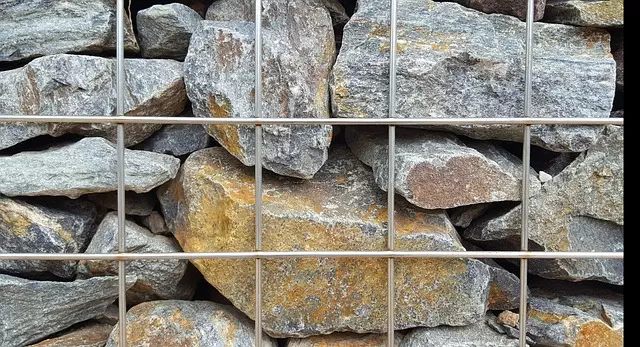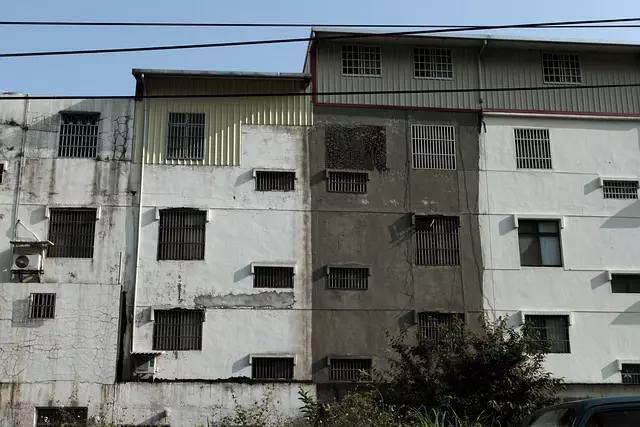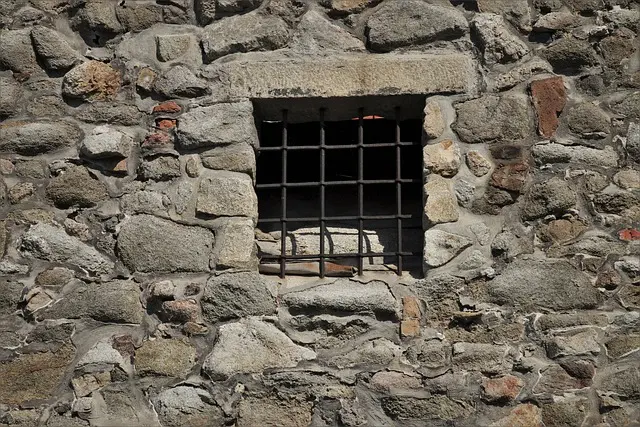In Salt Lake City, growing kratom (Mitragyna speciosa) successfully requires tailoring local conditions to mimic its Southeast Asian habitat, with a focus on high elevation and continental climate adaptations. Gardeners must select kratom strains that can thrive in the city's cooler nighttime temperatures and shorter growing seasons, ensuring optimal soil nutrients, consistent moisture levels, and light management, particularly during winter. A recovery phase with rest periods, organic pest control, and precise fertilization is crucial for maintaining plant health and maximizing potency. Utilizing greenhouse structures can protect the plants while expanding the growing season. Leveraging specific cultivation strategies for grow kratom SLChave, along with local expertise, leads to robust harvests rich in alkaloids like mitragynine and 7-hydroxymitragynine, which are beneficial for post-exercise recovery due to their engagement with opioid receptors. This approach not only ensures the survival of kratom plants in SLC's unique setting but also enhances resilience and the quality of the harvested kratom, making it a valuable addition to natural health supplements for athletes and individuals seeking recovery from strenuous activities.
Embarking on the journey to cultivate kratom in Salt Lake City’s unique climate presents a dynamic challenge for growers seeking to optimize recovery and enhance plant vitality. This article delves into innovative recovery strategies tailored for the SLC environment, offering insights that blend scientific understanding with practical cultivation techniques. Explore the intricacies of kratom alkaloids and their impact on training recovery, as well as the best practices for cultivating resilient, thriving kratom plants in Salt Lake City. Whether you’re a seasoned grower or new to the field, these insights will help you navigate the complexities of kratom growth, ensuring your garden flourishes despite the region’s challenges. Grow Kratom SLC guides you through each step for a robust and successful harvest.
- Optimizing Kratom Recovery Strategies for Enhanced Growth in SLC's Climate
- Cultivating Kratom in Salt Lake City: Tips and Techniques for Maximizing Plant Vitality
- Understanding the Role of Kratom Alkaloids in Training Recovery and Plant Health
Optimizing Kratom Recovery Strategies for Enhanced Growth in SLC's Climate
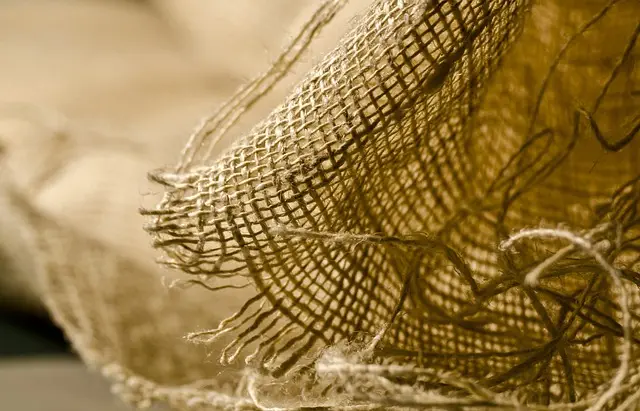
In Salt Lake City’s distinctive climate, cultivating kratom requires a tailored approach to ensure optimal growth and recovery for the plants. The unique interplay between the city’s high elevation, continental climate, and varying seasonal temperatures necessitates precise conditions that mimic the plant’s native environment in Southeast Asia. To effectively grow kratom in SLC, gardeners should focus on strategies that facilitate robust recovery processes. This includes selecting suitable strains that are more resilient to the area’s cooler nights and shorter growing seasons. By optimizing soil nutrients and maintaining a consistent moisture level, the plants can thrive despite the region’s arid spells. Implementing a regimen of balanced light exposure, particularly during the winter months when sunlight is scarcer, will also contribute to the plant’s health and vitality. Such precise management of environmental factors not only ensures survival but also enhances the potency and quality of the kratom leaves, which can be directly attributed to the unique growing conditions of Salt Lake City.
Furthermore, integrating a recovery phase into the cultivation cycle is crucial for the plants’ long-term resilience. This involves allowing adequate rest periods between harvesting cycles to replenish energy reserves and encourage robust regrowth. Employing organic pest management practices and avoiding overuse of fertilizers are additional steps that support sustainable growth in SLC’s climate. Understanding the intricate balance required for kratom cultivation in this region can lead to a successful yield, with leaves that embody the full spectrum of alkaloids for which kratom is renowned. With careful attention to these specific recovery strategies, growers in Salt Lake City can achieve enhanced growth and produce high-quality kratom that stands up to the best in the industry.
Cultivating Kratom in Salt Lake City: Tips and Techniques for Maximizing Plant Vitality

Growing kratom (Mitragyna speciosa) in Salt Lake City, with its unique climate and soil conditions, requires careful attention to cultivation techniques to ensure plant vitality. Kratom is a tropical evergreen tree native to Southeast Asia, and while it can be challenging to grow outside of its natural habitat, dedicated gardeners in SLChave the opportunity to nurture this plant successfully with the right approach.
To maximize kratom plant vitality in Salt Lake City, it’s crucial to replicate the tree’s native environment as closely as possible. Select a sheltered spot that receives dappled sunlight for most of the day to protect the plants from intense direct sunlight that can be common in SLChavements. The soil should be rich, well-draining, and slightly acidic; amend regular garden soil with organic matter like compost and aged manure to provide the necessary nutrients. Consistent watering is essential, especially during the hotter months, but ensure the soil drains well to prevent waterlogging that could lead to root rot. Additionally, maintain a consistent temperature range, as kratom trees are sensitive to extreme cold and heat. Investing in greenhouse infrastructure can offer an additional layer of protection for your kratom plants and extend the growing season. By carefully managing these conditions and employing best practices for planting, pruning, and harvesting, gardeners in Salt Lake City can cultivate healthy and robust kratom plants with the help of grow kratom SLC resources and community knowledge sharing.
Understanding the Role of Kratom Alkaloids in Training Recovery and Plant Health
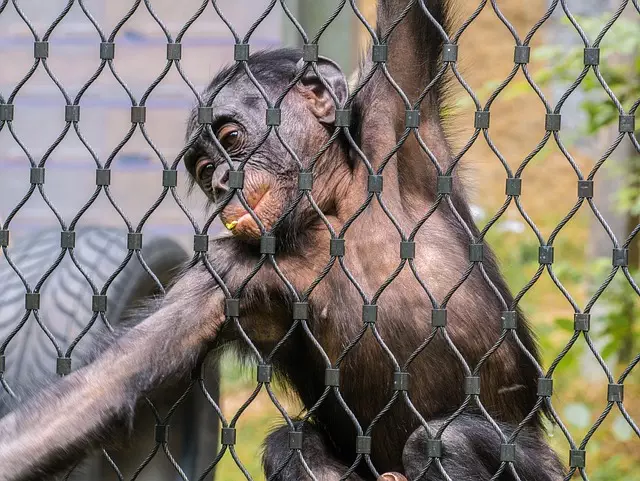
Kratom, a tropical evergreen tree native to Southeast Asia, has been traditionally used for its medicinal properties. Its leaves contain a complex mix of alkaloids, primarily mitragynine and 7-hydroxymitragynine, which have garnered significant attention in the realm of natural health supplements, particularly for those engaged in rigorous training recovery regimens. These alkaloids are believed to interact with the body’s opioid receptors, providing pain relief and reducing fatigue, which can be pivotal for athletes or individuals recovering from strenuous activities. The unique pharmacological profile of kratom suggests a multifaceted approach to recovery, addressing both pain and mental endurance, which are crucial components of the healing process post-exercise.
Growing kratom successfully, such as in environments like Salt Lake City (SLC), requires careful consideration of plant health factors. Optimal conditions for light, humidity, soil nutrients, and temperature must be meticulously managed to ensure the alkaloid content within the leaves remains consistent and potent. In SLC, the growing season can be short, necessitating a controlled environment or a greenhouse setup to protect the kratom plants from harsh climate shifts. Maintaining the health of the kratom plants is not only essential for the well-being of the trees themselves but also critical for producing leaves with the desired alkaloid concentrations that contribute to effective training recovery. Consistently high-quality kratom is a testament to the skill and dedication required by growers in SLC, ensuring that those who rely on kratom for their recovery needs receive a reliable and effective product.
In conclusion, mastering kratom recovery strategies tailored to Salt Lake City’s unique climate is pivotal for optimizing plant vitality and ensuring enhanced growth. By leveraging the insights from understanding kratom alkaloids’ role in training recovery and plant health, along with the practical tips provided for cultivating kratom in SLC, growers can achieve robust, thriving plants. The integration of these strategies not only promotes the well-being of the kratom plants but also aligns with the environmental conditions specific to Salt Lake City. For those dedicated to growing kratom in this region, the culmination of scientific knowledge and hands-on techniques offers a promising path forward, ultimately contributing to a sustainable and productive horticultural endeavor.



